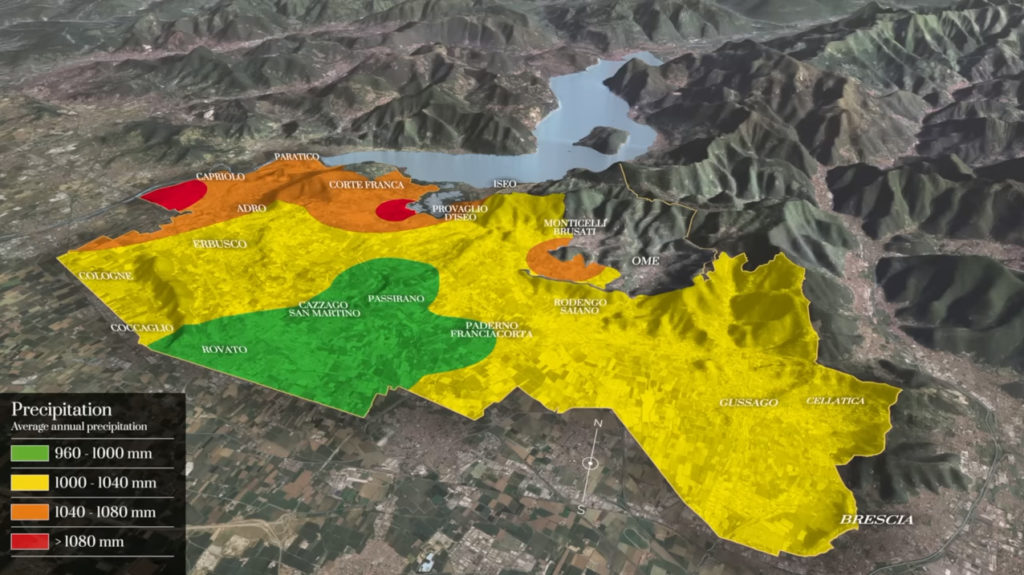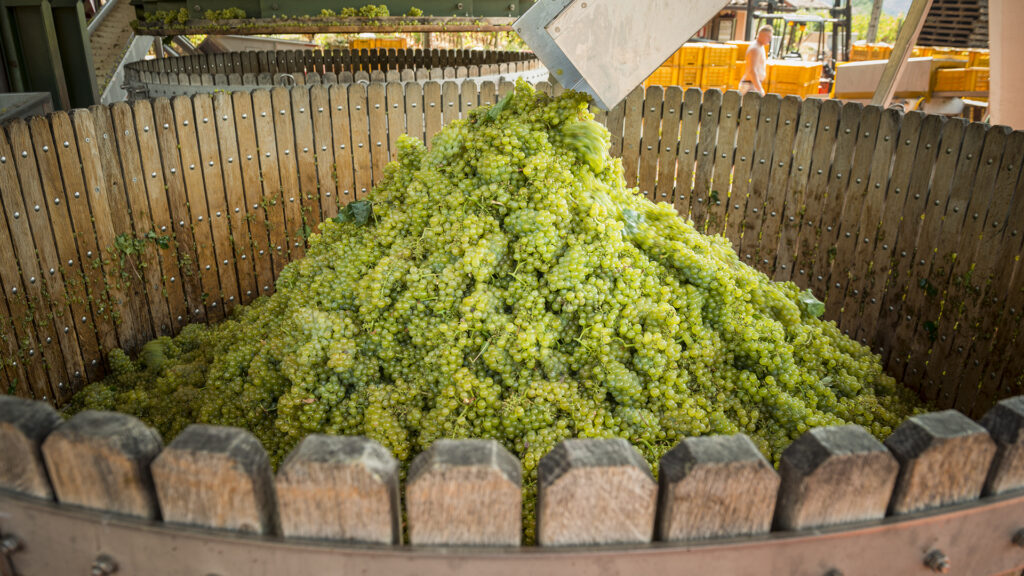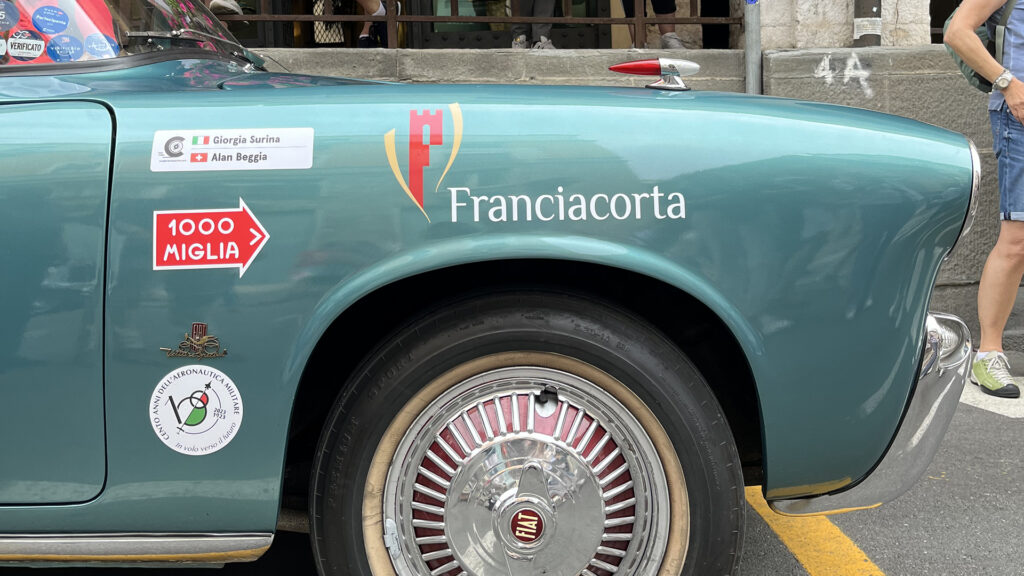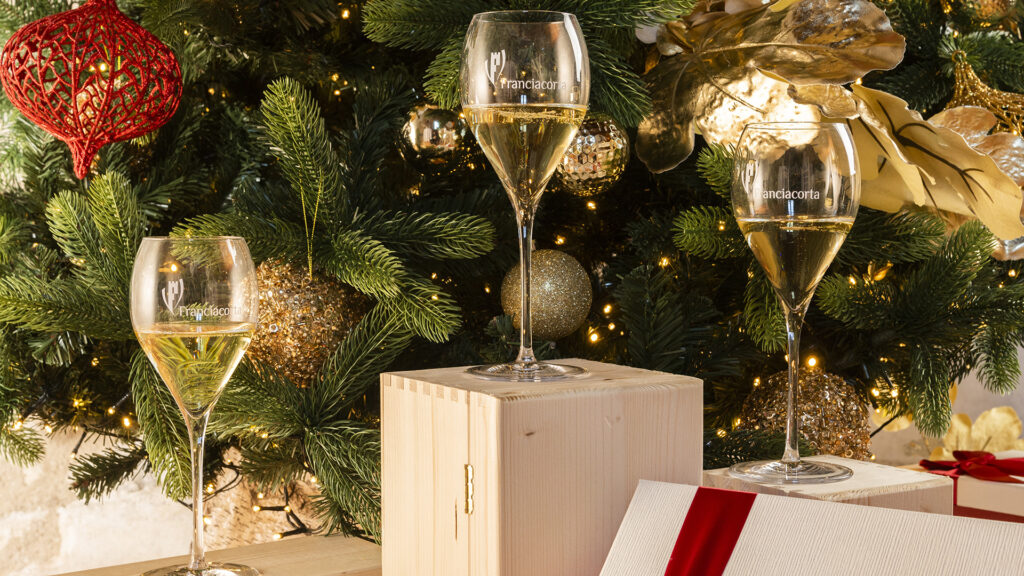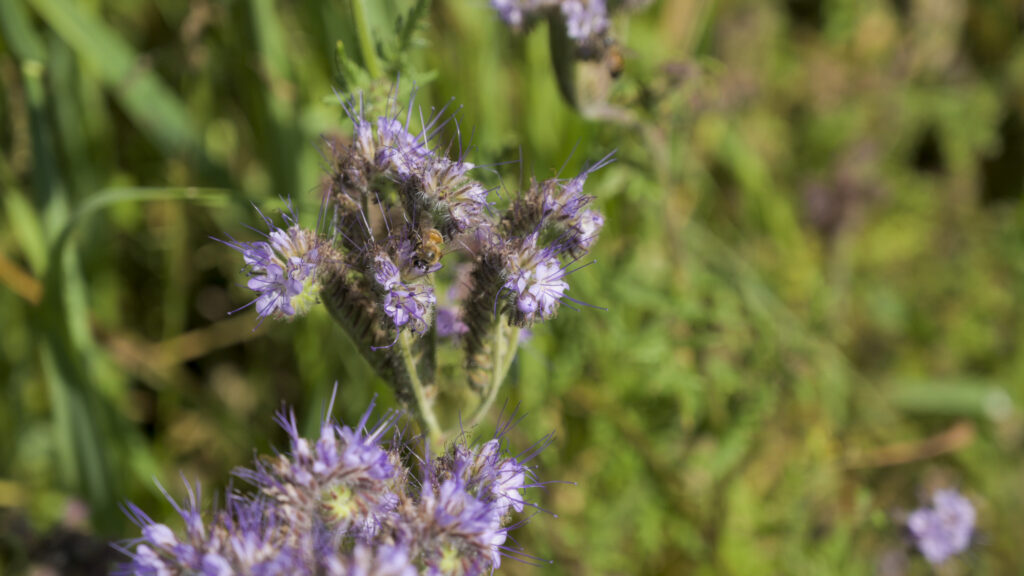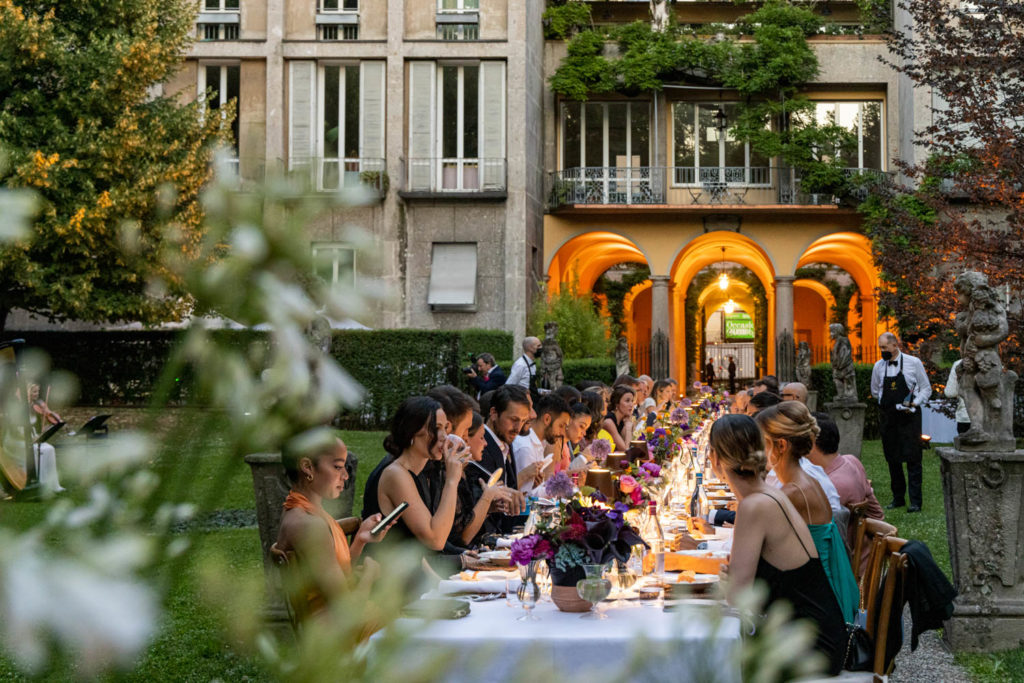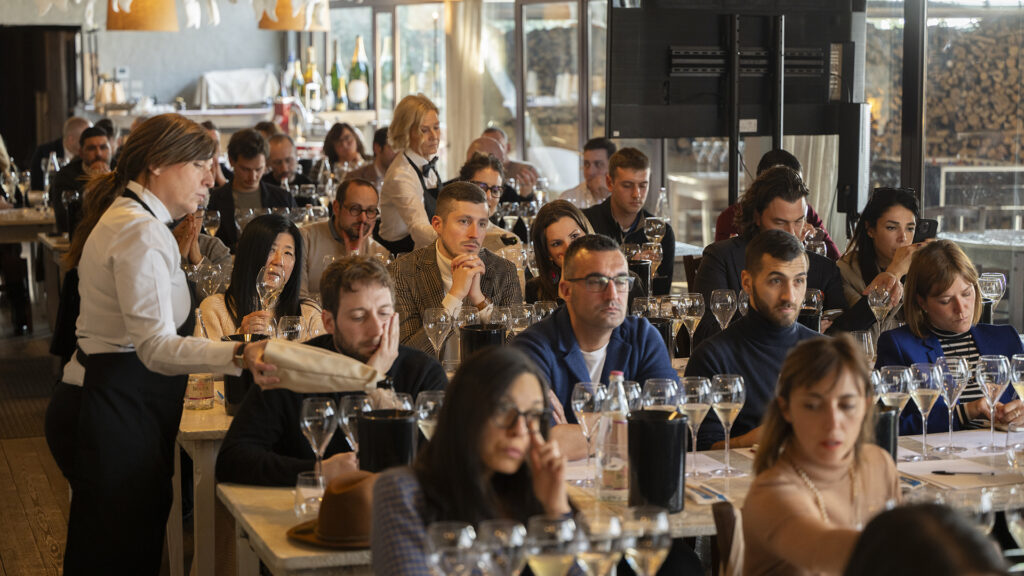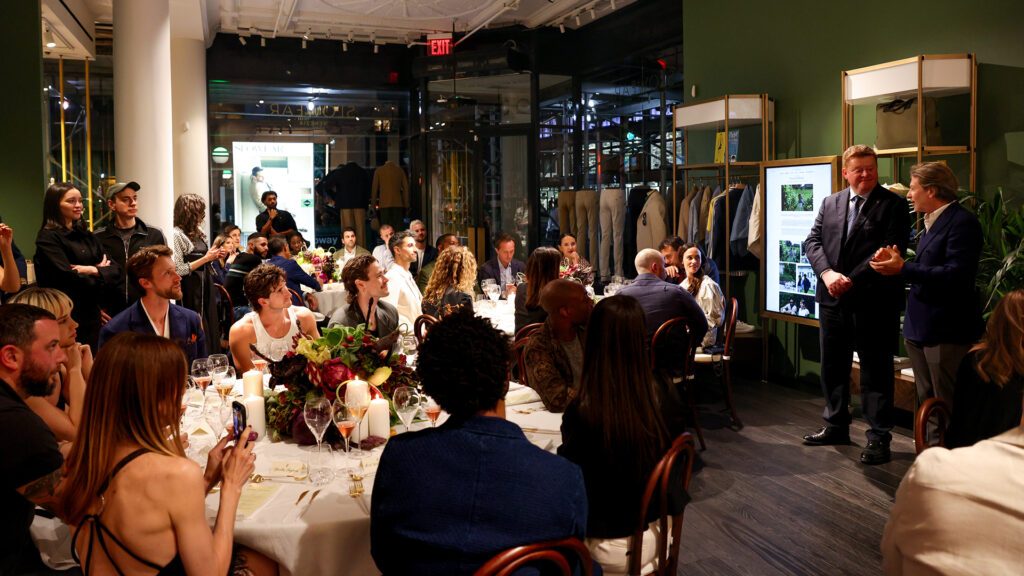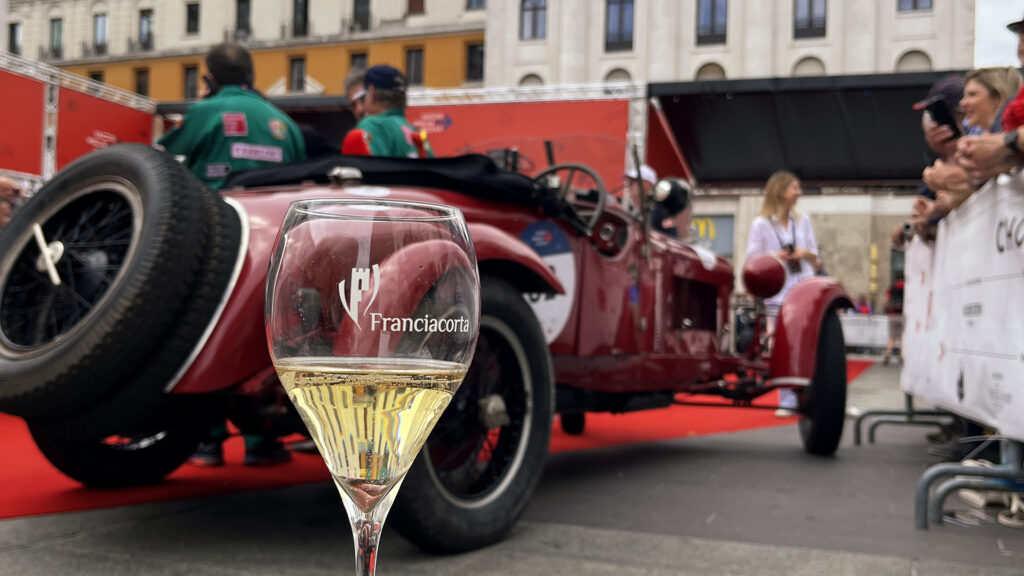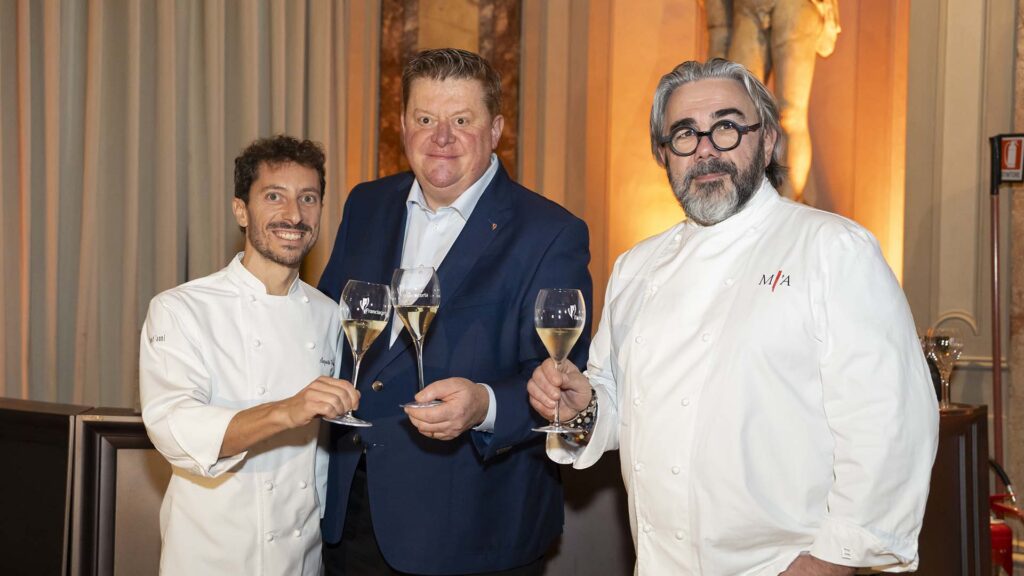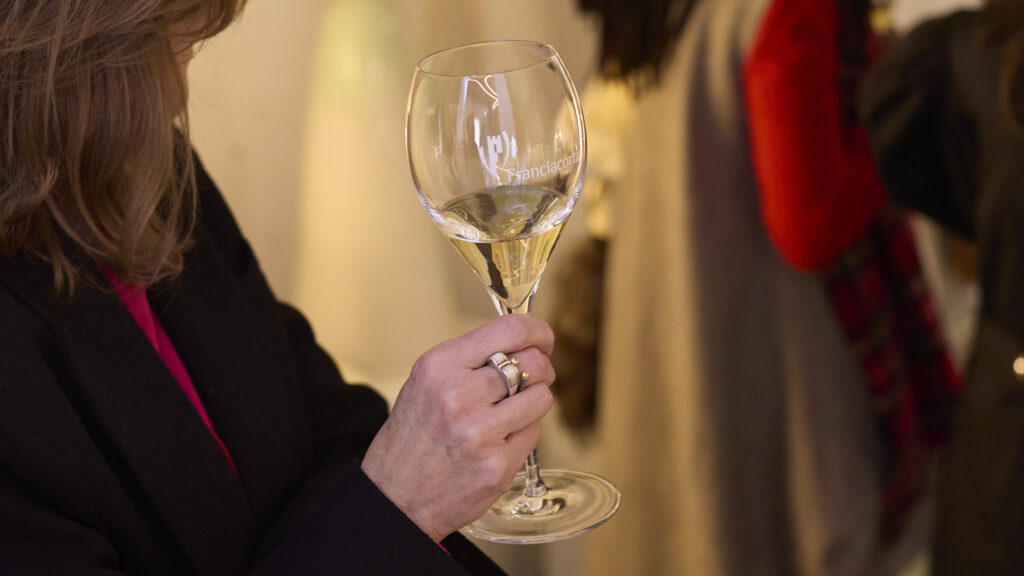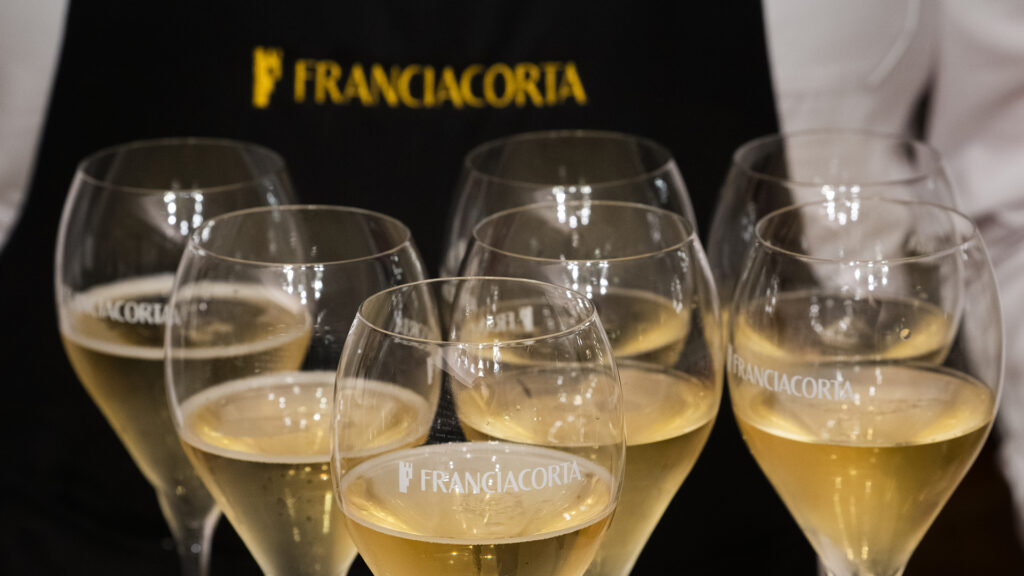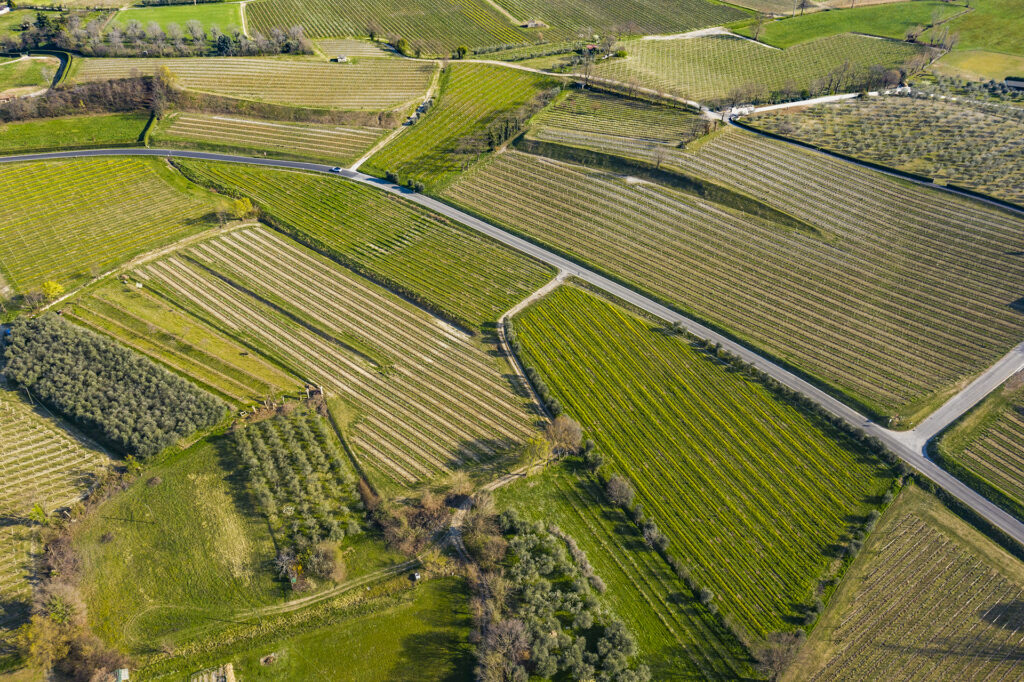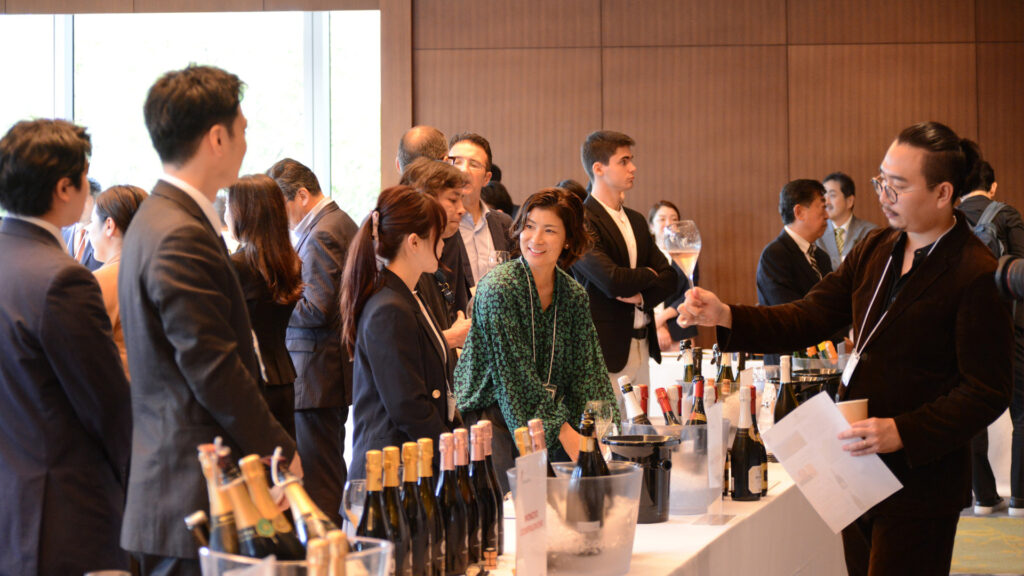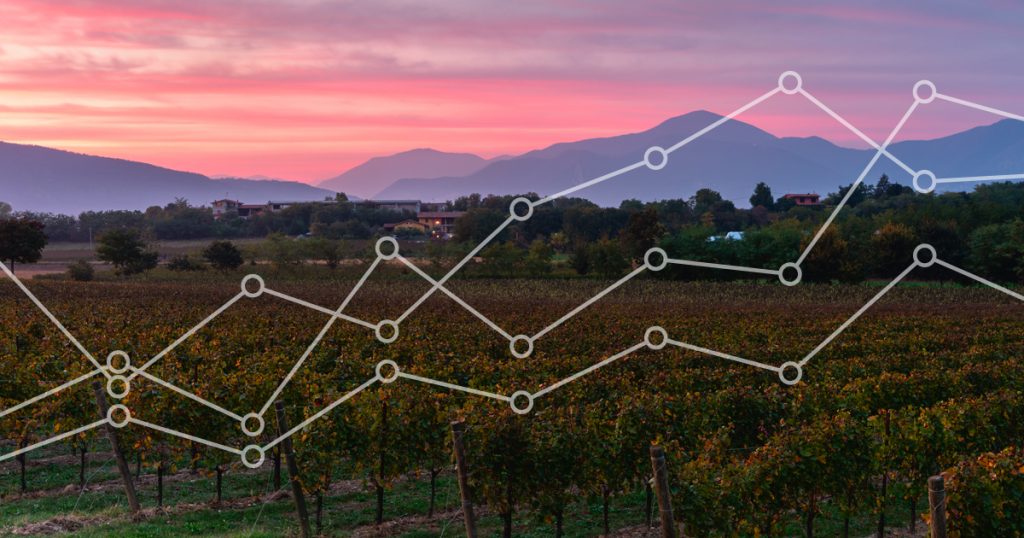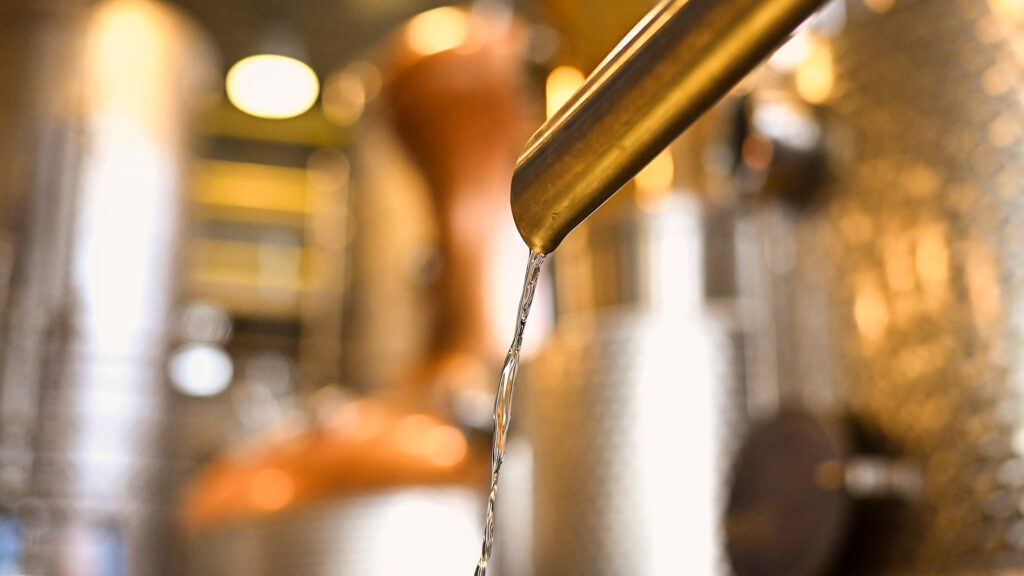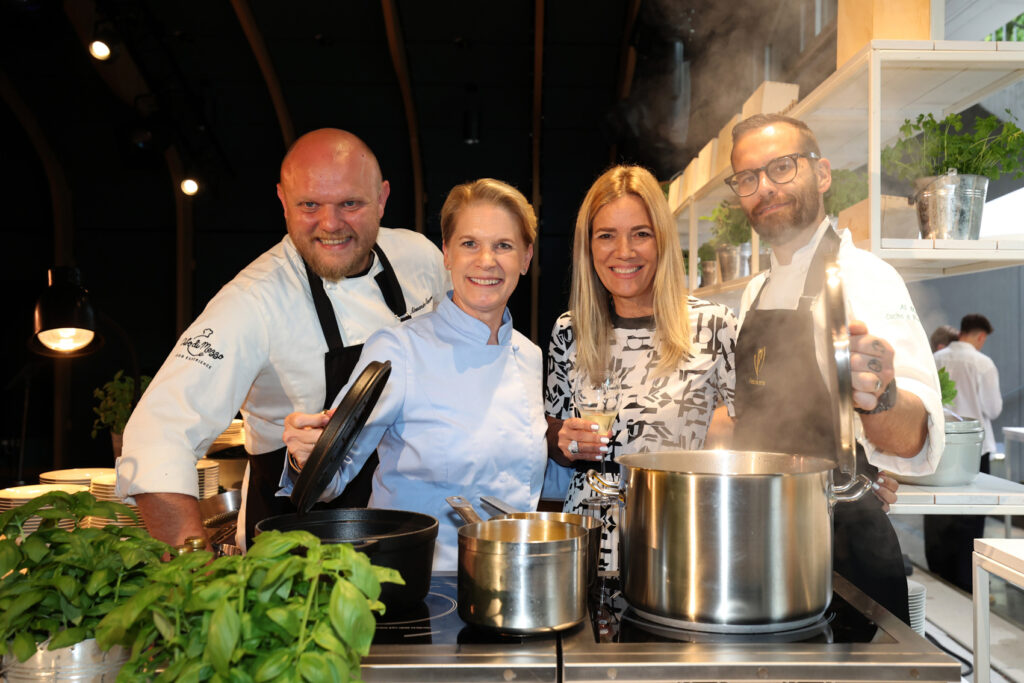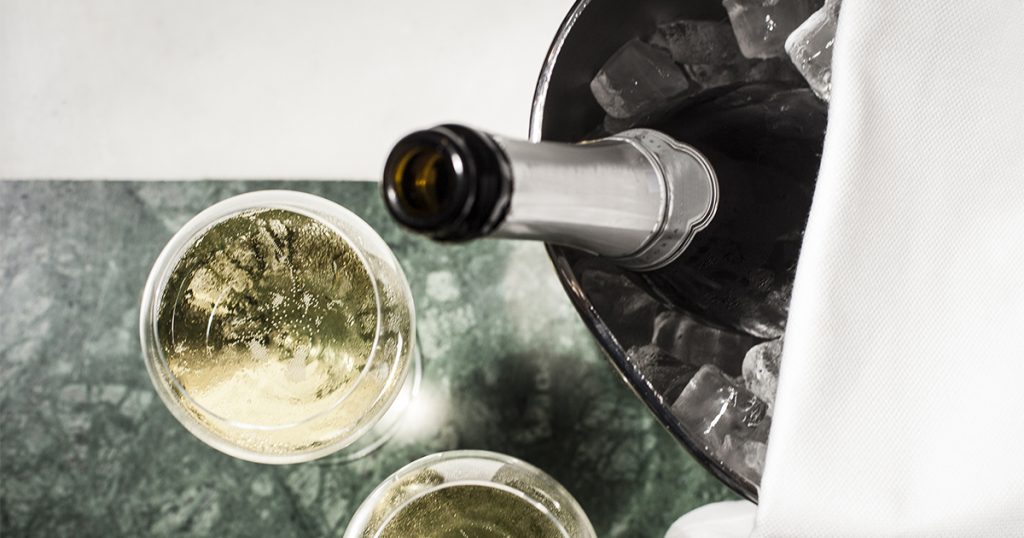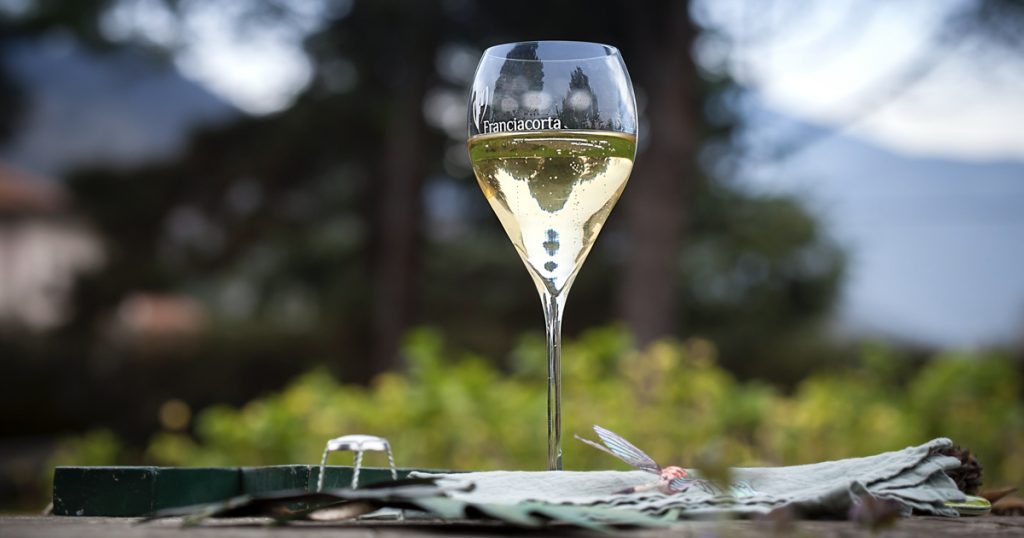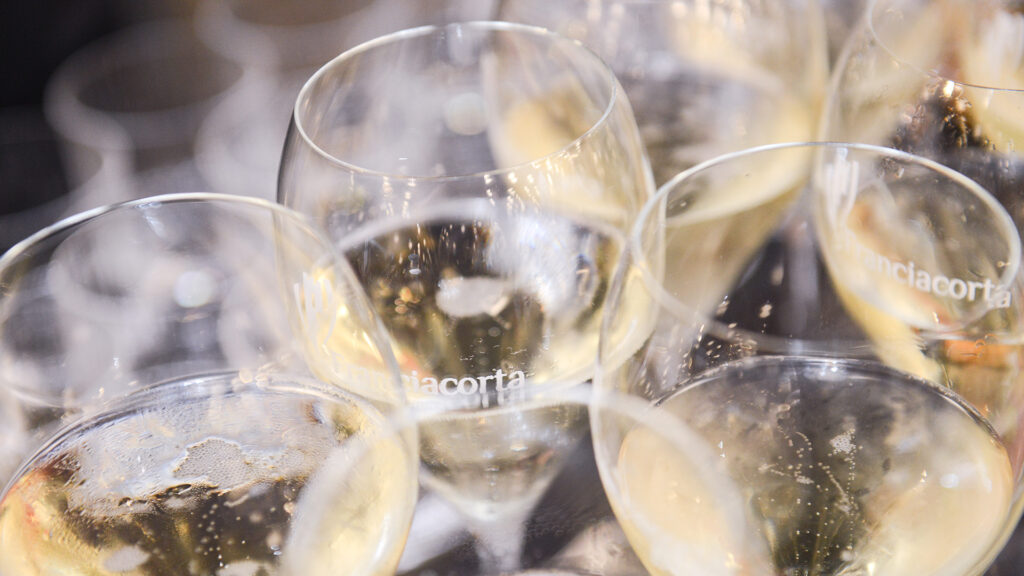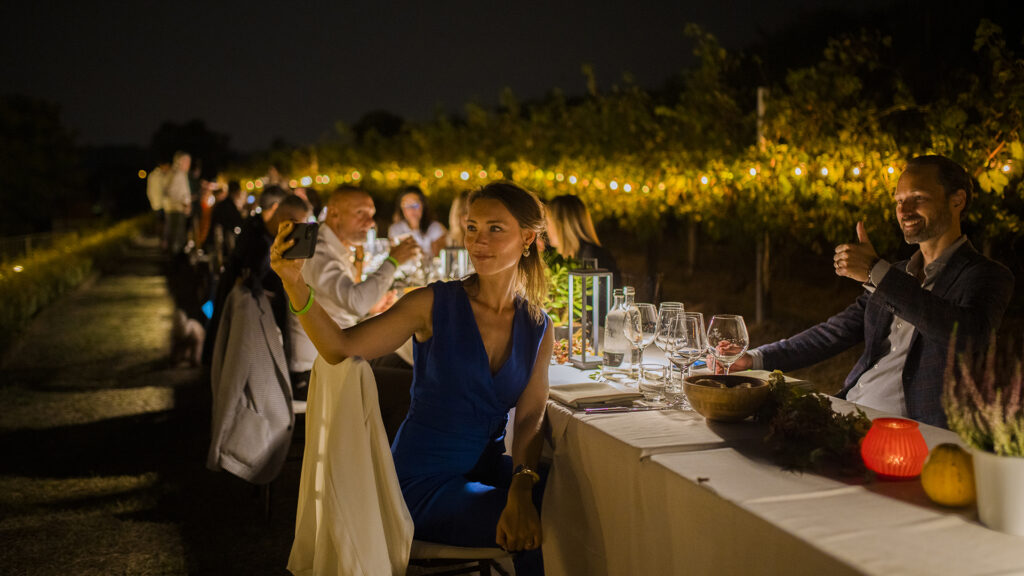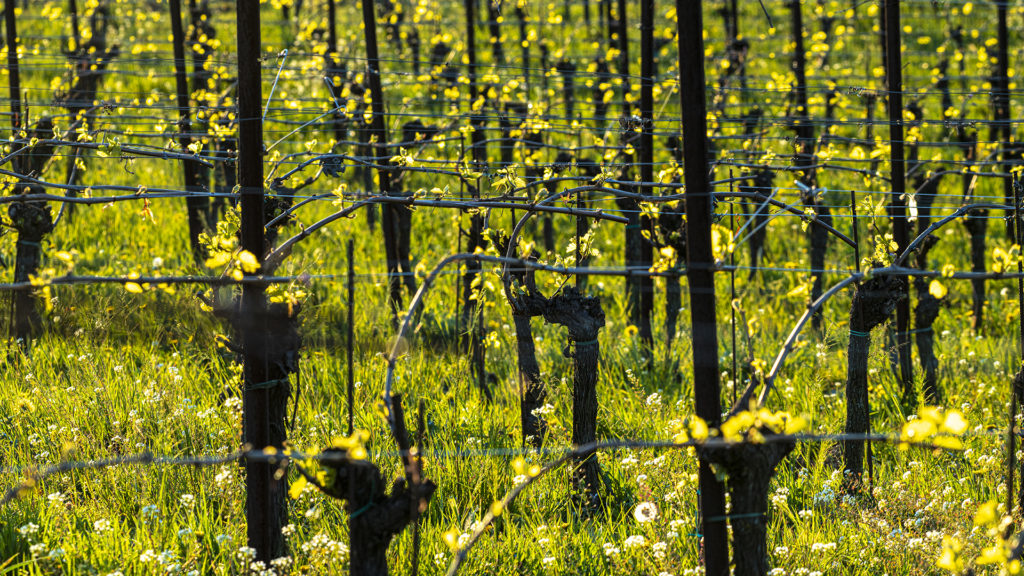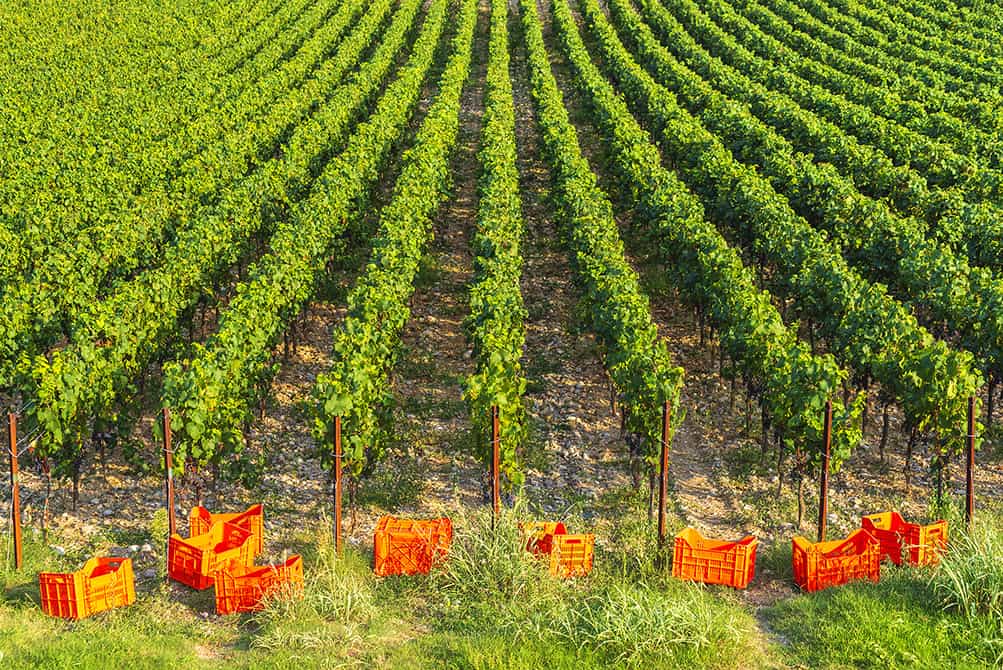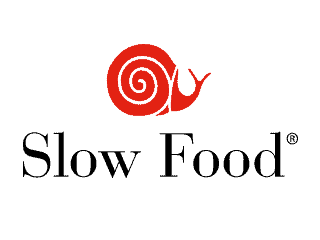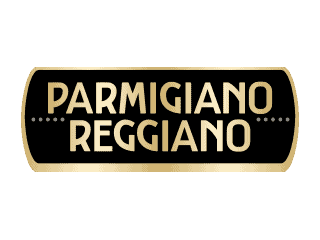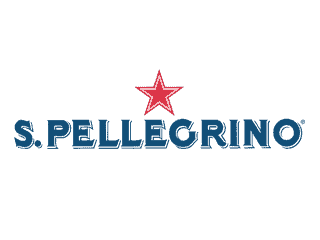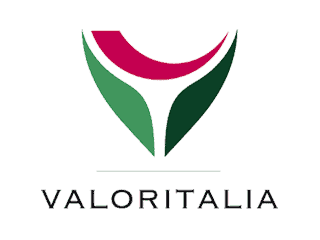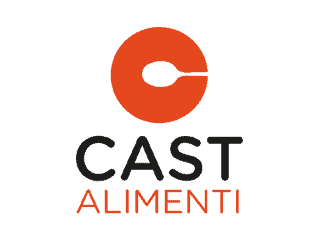Let’s have a look at what happens in this spring months to the vines that are budding after the winter
For vines spring is an emotional time, the season they shed tears in, because their lymphatic circuit is being reactivated and the vines start feeding all the buds. This has already begun in the more precocious vineyards farmed to Chardonnay.
And this rebirth was triggered in the previous months by the human hand in the form of winter pruning.
But let’s start from the beginning. The point of pruning is to control plant growth. In vineyards domesticated vines have circumscribed space per plant. This is why vine growth needs to be checked and anything outside what is called the planting density must be cut off. This varies in accordance with the training system used and is the specific space it needs to be kept within if it is to produce the grapes need for winemaking.
In its natural state vines are characterised by what is known as acrotony, meaning they get top heavy. Remember that vines are, to all intents and purposes, creepers which have to compete with other plants to get light and have thus evolved to do this. The first buds to come through are those furthest from the base, from the roots. Vines try to get as far away as possible from their roots, so that their grape seeds do not fall too close by and compete with them. The further away new plants fall the more space for everyone there is. Although most of this reproductive distance is achieved via animals. Grapes are sweet and attractive to the animals tasked with disseminating them. By eating the grapes animals help vines to move around and reproduce at a distance.
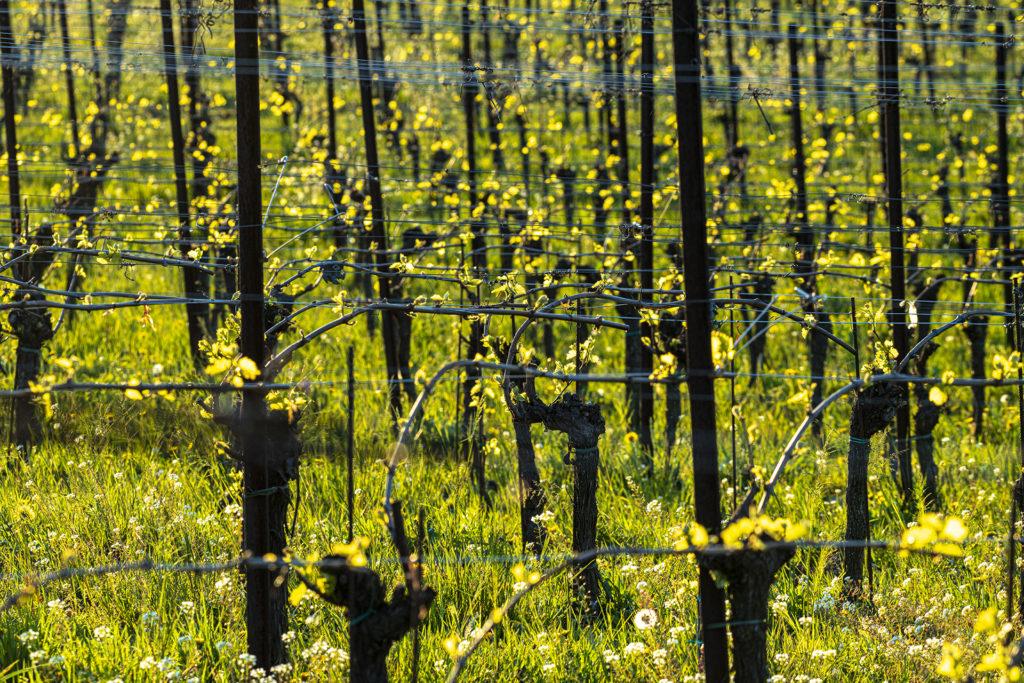
Pruning is thus indispensable. If you don’t prune an apple tree it will retain more or less the same shape. If you don’t prune a vine it will change completely and become unrecognisable. This is something we don’t want. We need vines to stay within the space allotted them and grow moderately.
Pruning is not simply a matter of cutting back but also includes deshooting, eliminating the canes which are not required for the next vintage but were of use the previous year. And subsequently it includes cane bending for the purposes of containing and harmonising plant growth.
Long or short pruning? The choice is a matter of winemaking objectives and, to an even greater extent, the grape variety. In some varieties, in fact, vines have a base fertility which means that even the first buds on the cane are fertile, while others have blind buds with only the fourth bud onwards producing grapes.
With the short pruning used for spurred cordon training systems, for example, bending is not required, while the long pruning used in training systems such as guyot, pergola and trellising systems need a fruiting cane to be bent over, to attenuate the plant’s tendency to get top heavy, or rather distract the plant from this, and obtain grapes distributed across the whole fruiting cane at a height which is fixed by the training system. This is determinant to the final yield and allows growth to be controlled and channelled to the winegrower’s needs.
This is also the right time to work the land and manage the soil between the rows and below the vines themselves. This is managed or worked or left to grow weeds as required, creating competition between weeds and vines or providing soil cover to avoid erosion or excessive soil dryness. Weeds are also essential in increasing the vine’s biodiversity. In this case, too, everything depends on the winegrower’s objectives and decisions.
This is also the time in which the green manure put down in autumn starts growing because it senses spring. These leafy plants such as legumes are capable of fixing the nitrogen in the air in the soil. Note that this is 78% of what we breathe. In addition to serving to provide vital nourishment it also tells winegrowers that spring has begun.
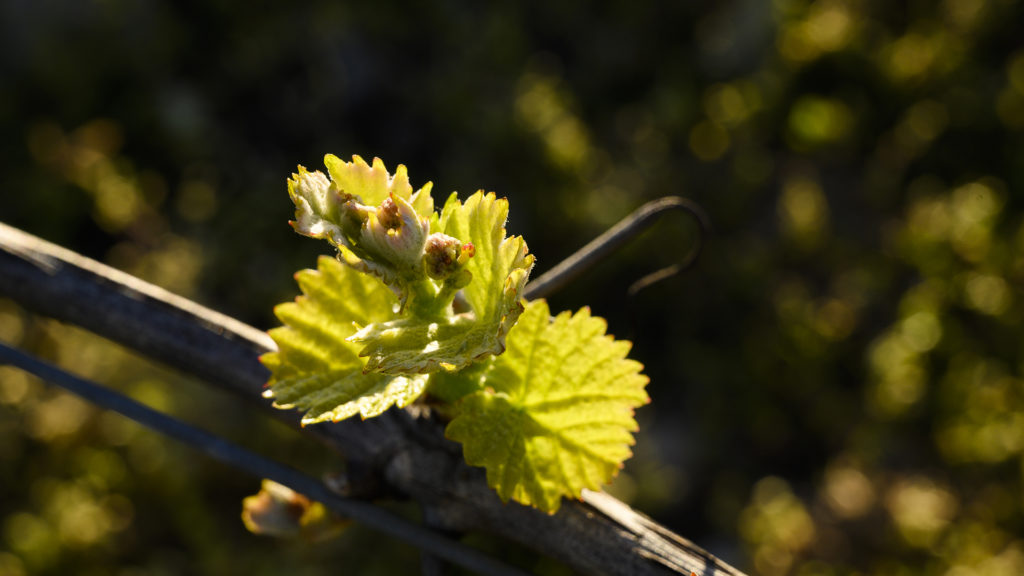
But a further element tells us this too: budding. It is precisely in these weeks that the buds which formed during the previous season sprout the shoots which constitute the new vine vegetation. Some buds are productive. Others aren’t. When the shoots have come through and the new shoots have grown to a certain length, further decisions will need to be made, what is known as disbudding, a process by which only shoots serving production purposes are left, those which will be pruned the following year. This is known as green pruning or shoot selection and takes place in around the middle of April.
For those starting to make wine with a new vineyard this is also the ideal time for new plantings and planting out new vines.

